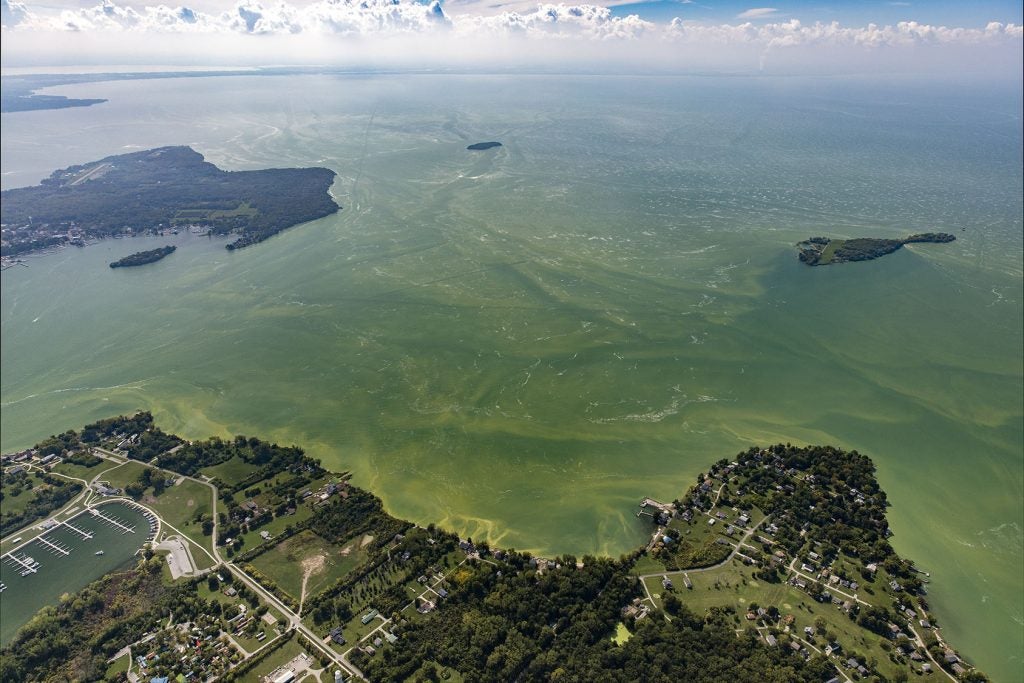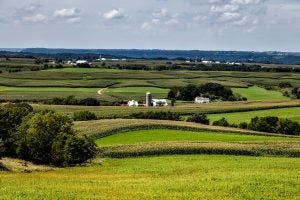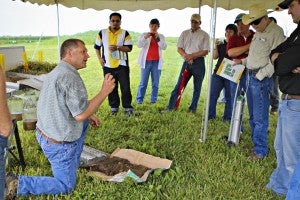The Senate and House passed the 2018 farm bill in overwhelmingly bipartisan votes of 87-13 and 369-47, respectively. The bill is now headed to the White House to be signed into law before the end of the year.
In many ways, this farm bill conference report maintains the tradition of incremental improvement that has always defined farm bills. Big-ticket programs like the Conservation Reserve Program, Conservation Stewardship Program and Environmental Quality Incentives Program will continue to garner headlines.
But the bill also takes important steps to begin to shape the future of conservation in this country. Many smaller provisions in the fully funded conservation title open the door to new approaches that address water quality and climate change challenges that aren’t bound by a single farm’s borders.
Here’s what farmers and environmentalists need to know about new focus areas and approaches in the farm bill’s conservation title.












 The U.S. Senate will confirm the Secretary of Agriculture today, empowering former Georgia Governor Sonny Perdue to lead an agency with a $155 billion budget, some 100,000 employees and ultimate responsibility for our nation’s food security.
The U.S. Senate will confirm the Secretary of Agriculture today, empowering former Georgia Governor Sonny Perdue to lead an agency with a $155 billion budget, some 100,000 employees and ultimate responsibility for our nation’s food security. Like all Americans, I woke up on November 9 to a new reality: A few more Democrats in Congress, and yes, a President-elect who promised to dismantle our nation’s core environmental protections.
Like all Americans, I woke up on November 9 to a new reality: A few more Democrats in Congress, and yes, a President-elect who promised to dismantle our nation’s core environmental protections.